- Understanding Natural Disasters
- Impact on Insurance Premiums
- Assessing Risks in Construction Projects
- Policy Coverage for Natural Disasters
- Claims Process During Catastrophic Events
- Legal Considerations and Regulatory Frameworks
- Mitigation Strategies for Policyholders
- Case Studies of Disaster Impacts on Construction
- Future Trends in Insurance Policies and Construction Risks
Construction insurance is designed to protect contractors, developers, property owners, and other stakeholders from the financial risks associated with construction projects. This type of coverage includes protection for property damage, liability concerns, and the additional challenges that arise during the building process. It serves as a safety net against unforeseen incidents by compensating for losses incurred during construction and providing assistance in resuming project operations. In an industry where delays and setbacks can lead to significant losses, construction insurance remains a fundamental aspect of effective risk management.
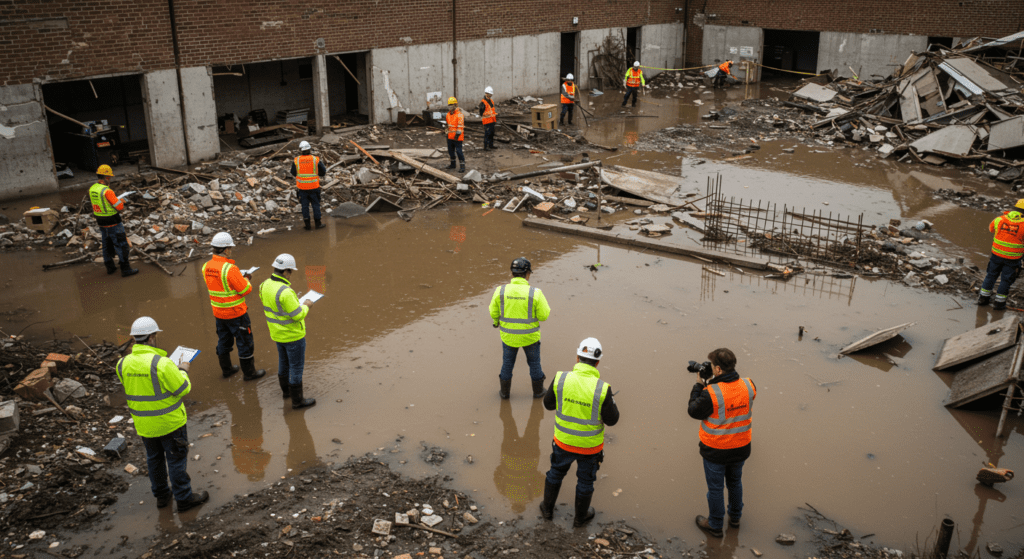
1. Understanding Natural Disasters
Natural disasters include events such as hurricanes, earthquakes, floods, wildfires, and tornadoes. These catastrophic events pose serious risks to construction projects by causing extensive damage, delays, and increased costs. Given the unpredictable nature of these disasters, the construction industry must continuously reassess its approach to risk management, ensuring that appropriate measures are implemented to protect projects. The geographic location and environmental conditions can significantly influence the probability and severity of these events, which in turn affects how insurers develop policies and determine coverage terms.
2. Impact on Insurance Premiums
The threat of natural disasters has a direct impact on the cost of construction insurance premiums. Insurers assess risk based on historical data, geographical location, and the design and materials used in construction. Areas that are prone to frequent natural disasters typically face higher premiums due to the increased likelihood of claims. For example, construction projects in coastal areas vulnerable to hurricanes are likely to encounter elevated costs relative to those in regions with lower risk profiles. Premium increases not only reflect the potential for property damage but also account for the potential liability arising from construction delays and disruptions caused by these catastrophic events.
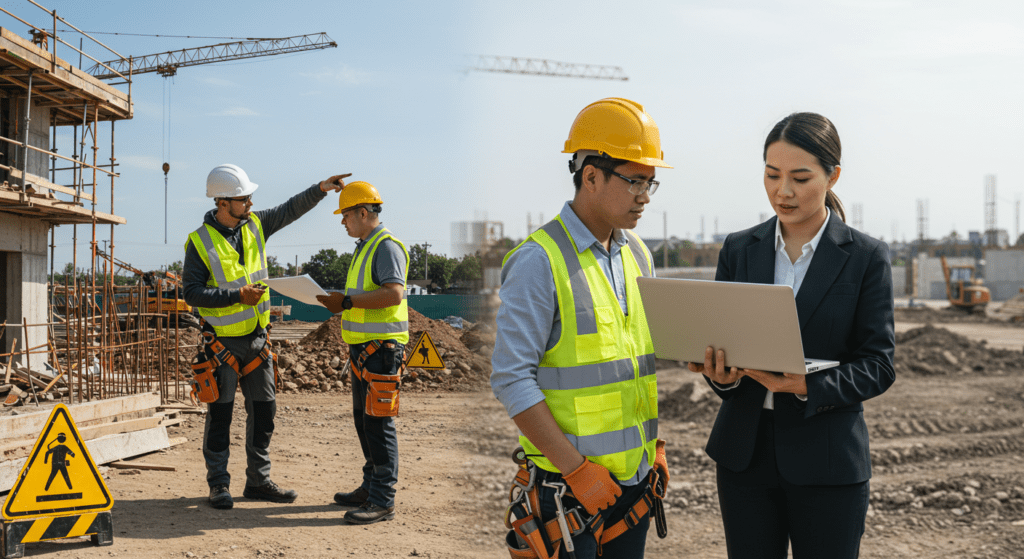
3. Assessing Risks in Construction Projects
Risk assessment in construction involves careful evaluation of both natural and man-made factors that could potentially disrupt the project. Professional risk assessors review site conditions, structural design, construction methods, and the local environmental context, including historical data on natural disasters. This comprehensive assessment helps insurers set appropriate premiums and coverage limits. Moreover, identifying potential vulnerabilities—such as outdated building techniques or inadequate compliance with modern safety standards—is essential. Effective risk management strategies may include enhanced structural design, proper drainage systems, and the use of stronger, more resilient construction materials to withstand the impacts of natural disasters.
4. Policy Coverage for Natural Disasters
Construction insurance policies are tailored to address various scenarios, including those involving natural disasters. These policies typically include property damage, business interruption, and liability claims. Some policies may have exclusions, however, that limit coverage for certain types of natural disasters. For instance, many standard policies exclude coverage for flood damage, requiring project owners to purchase separate flood insurance. In contrast, catastrophic events like hurricanes might be covered, but with specific deductibles and limits. Clarity in policy wording is crucial; understanding what is included and what is excluded can help policyholders avoid unpleasant surprises when disasters strike. In many cases, extended or specialized coverage can be added to policies to better safeguard against rare and extreme weather events.
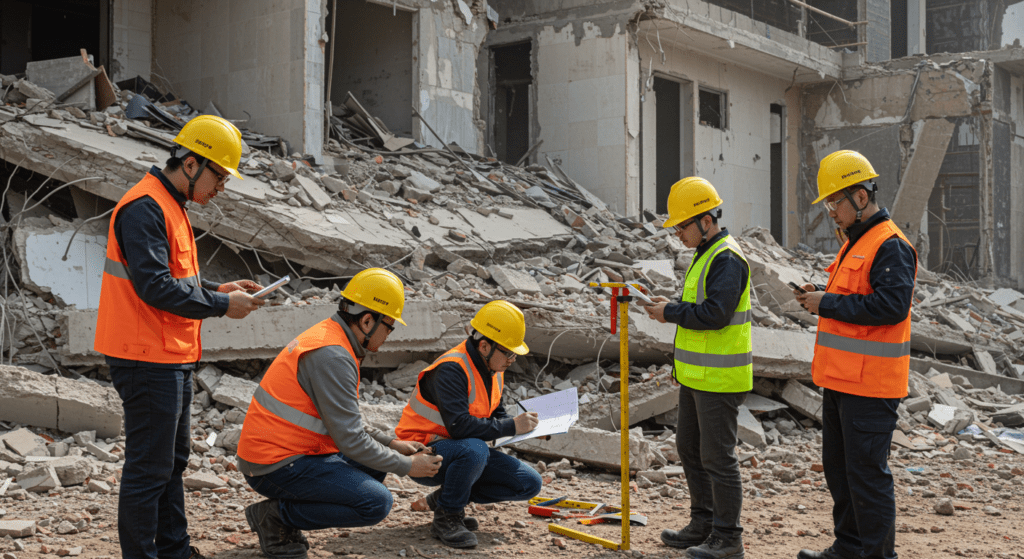
5. Claims Process During Catastrophic Events
When a natural disaster occurs, the claims process for construction insurance can become complex and challenging. Policyholders must typically work under tight timelines to document losses and initiate claims. An accelerated claims process is often necessary due to the urgency in restoring operations and stabilizing financial losses. Insurers usually require comprehensive documentation, including photographs, engineering assessments, and third-party evaluations, to verify damage. The efficiency of the claims process plays a significant role in project recovery; delays can lead to extended downtime, exacerbating financial burdens. To navigate this process successfully, policyholders often establish clear communication channels with their insurer and consult with legal or claims experts to ensure all required documentation is correctly submitted.
6. Legal Considerations and Regulatory Frameworks
The interaction of construction insurance and natural disasters is heavily influenced by legal and regulatory frameworks at local, state, and national levels. Regulations define the minimum coverage requirements and dictate the terms of liability, particularly in regions where natural disasters are frequent. Legal considerations also extend to disputes between policyholders and insurers over interpretations of coverage or claims settlements. In many regions, legislation has been enacted to protect both the consumer and the insurer, striking a balance between adequate protection and the affordable availability of insurance products. Understanding these legal frameworks is essential for both constructing clear insurance policies and resolving disputes that may arise following a disaster event.
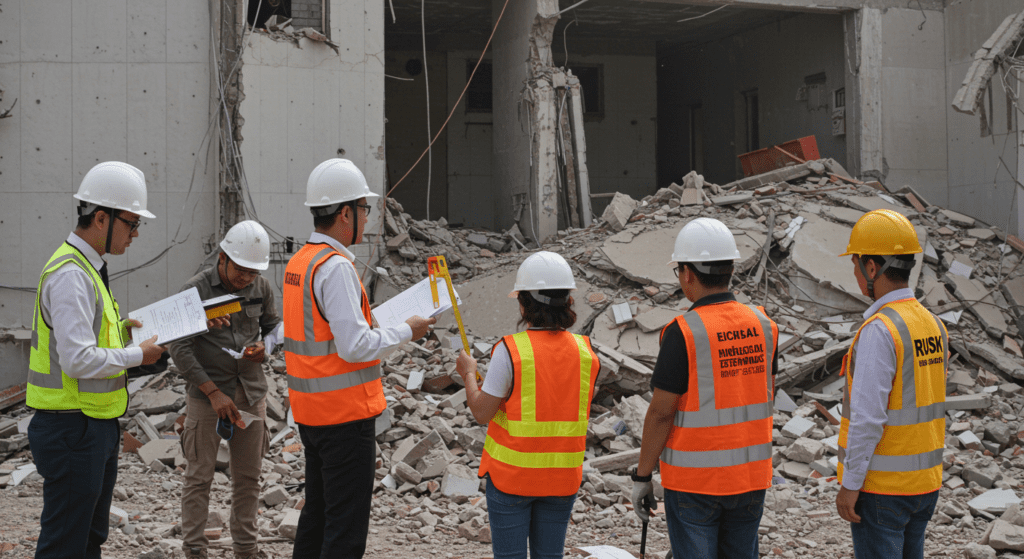
7. Mitigation Strategies for Policyholders
Mitigation strategies are key for reducing the impact of natural disasters on construction projects and insurance costs. These strategies include implementing building codes that emphasize disaster resilience, installing advanced warning systems, and designing structures that can better withstand environmental stresses. Risk mitigation also involves proactive planning: diversifying project portfolios to avoid concentrating risk in one geographic area, and investing in technologies that monitor weather patterns and structural vibrations. Policyholders are encouraged to collaborate with risk management specialists to adopt robust safety protocols and conduct regular training sessions. The benefits of these strategies include lower insurance premiums and a reduced likelihood of severe financial losses when catastrophic events occur.
8. Case Studies of Disaster Impacts on Construction
Real-world examples provide valuable insights into the interplay between natural disasters and construction projects. For instance, construction projects in the Gulf Coast have faced repeated challenges following hurricanes. One major case involved extensive property damage, leading to over-budget recovery efforts and significant delays. Detailed assessments revealed that outdated building practices contributed to the extensive losses. In another case, a major urban development in an earthquake-prone region faced severe structural damage, prompting an in-depth review of risk management practices. These case studies emphasize the importance of incorporating disaster resilience in both construction designs and insurance policies. They also highlight the need for continued innovation in construction practices and risk assessment techniques to better prepare for future catastrophic events.
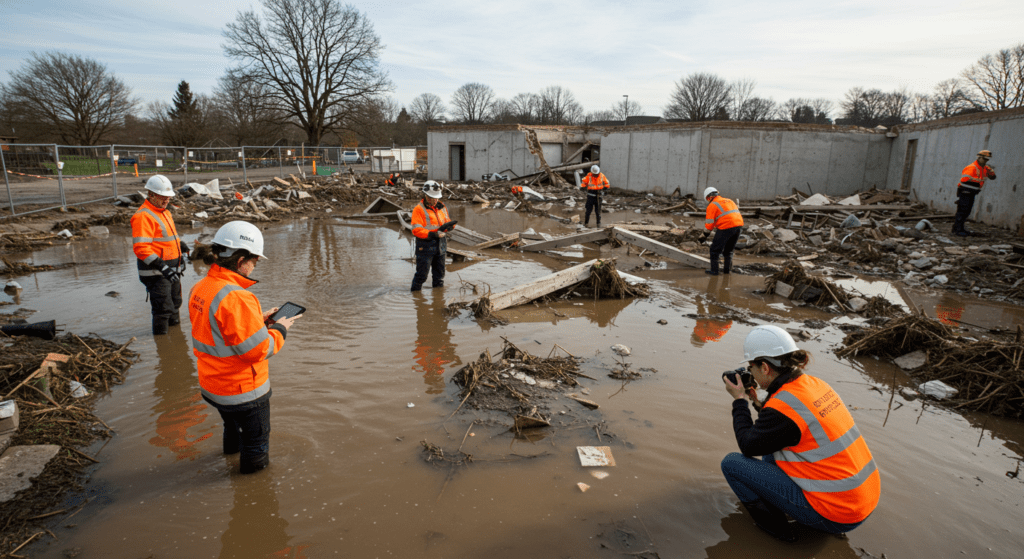
9. Future Trends in Insurance Policies and Construction Risks
Looking ahead, the design of construction insurance policies is likely to evolve to better address the impacts of natural disasters. Innovators in the insurance sector are exploring data-driven approaches that rely on advanced analytics, satellite imagery, and real-time weather data to more accurately assess risk and adjust premiums. Additionally, the integration of smart sensors and Internet of Things (IoT) technologies in construction projects offers promising avenues for dynamic risk management. These innovations could lead to policies that adjust in real time based on environmental conditions, providing both greater coverage flexibility and more accurate risk pricing. Furthermore, regulatory shifts aimed at addressing the increasing frequency and severity of natural disasters are expected to shape future policy frameworks, ensuring that construction projects receive the necessary protections against these emerging threats.
Policyholders and industry professionals will need to stay abreast of these trends to effectively navigate the evolving landscape. As insurance companies embrace more sophisticated risk modeling techniques, policyholders can expect more customized and responsive insurance solutions. The collaborative efforts between insurers, regulators, and construction firms are fostering an environment where proactive risk management can significantly reduce the financial repercussions associated with natural disasters.
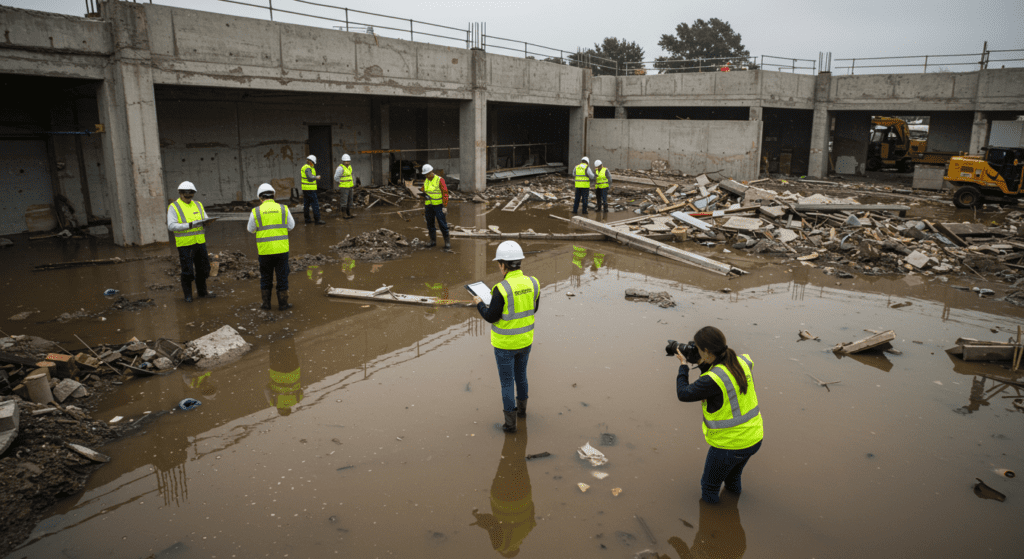
Conclusion
In conclusion, natural disasters profoundly affect construction insurance policies by increasing risk, influencing premium costs, and prompting changes in policy coverage and claims processes. With the growing frequency and severity of these events, the construction and insurance industries must work in tandem to implement robust risk mitigation strategies and leverage innovative technologies. Legal and regulatory considerations remain central to maintaining a balance between adequate coverage and cost efficiency. By learning from past events and anticipating future challenges, stakeholders can better prepare for the uncertainties posed by natural disasters, ensuring more resilient construction projects and comprehensive insurance solutions going forward.
